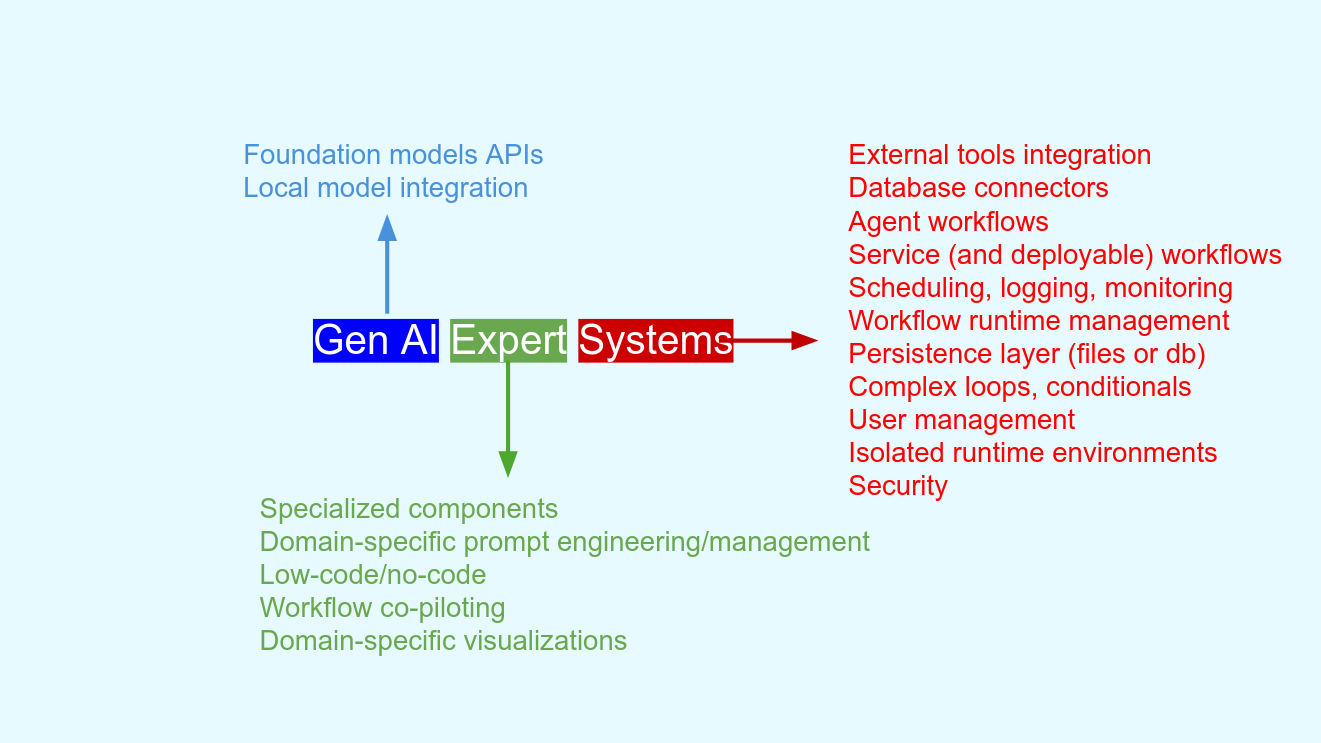Lunar streamlines the process of analysis, allowing you to focus on insights rather than technicalities.
Whether you are dealing with vast amounts of data or intricate workflows, Lunar offers a robust and reusable
solution.
We outline some compelling arguments below for why Lunar is the best choice for optimizing your
analytical workflows.
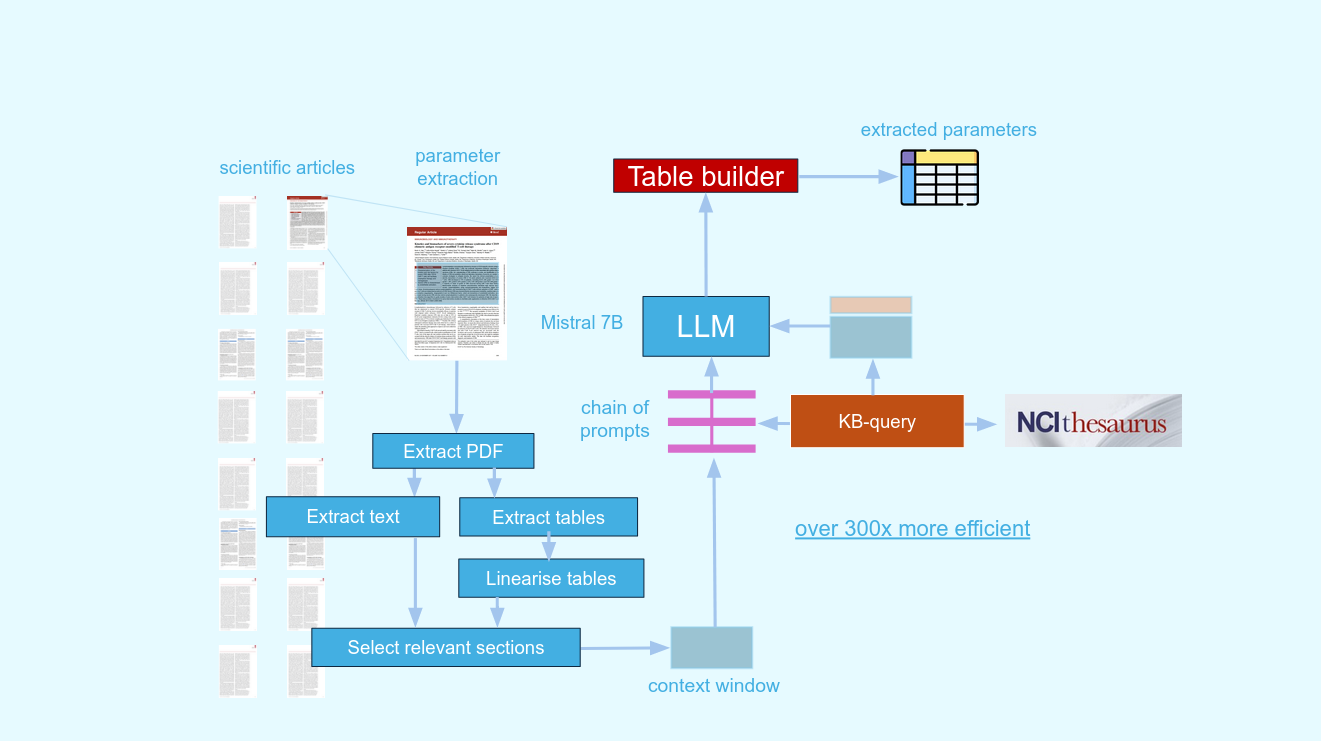
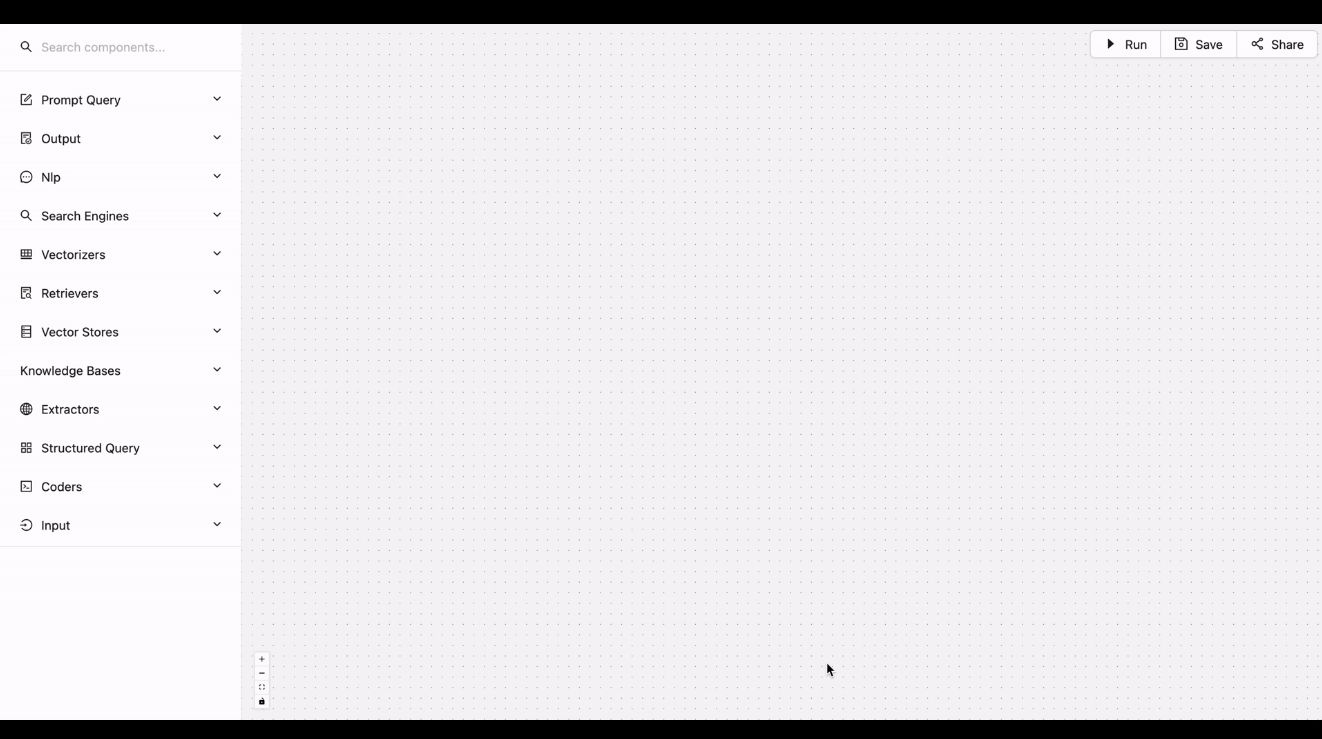
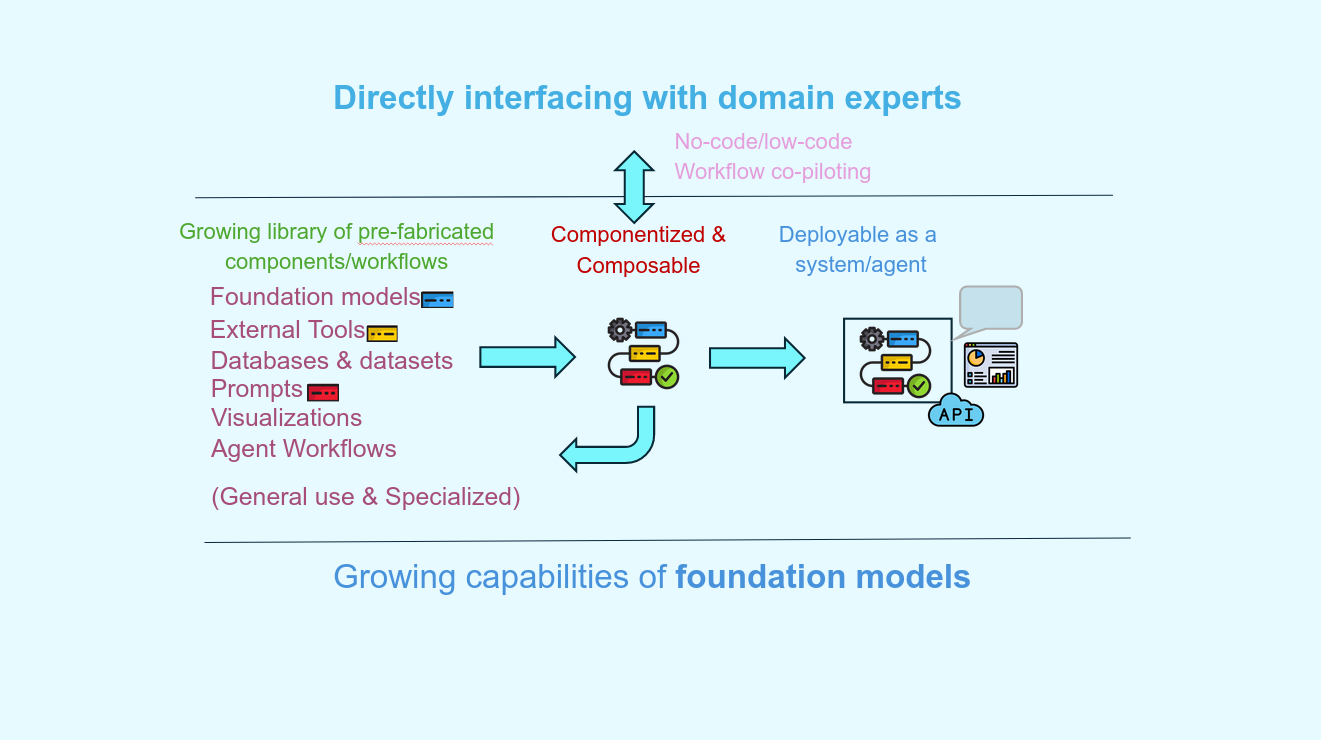
The fundamental premise behind Lunar is that the formula above leads to an increasing productivity in the construction of specialized agents leading to the expansion of our analytical frontier and collective rationality.
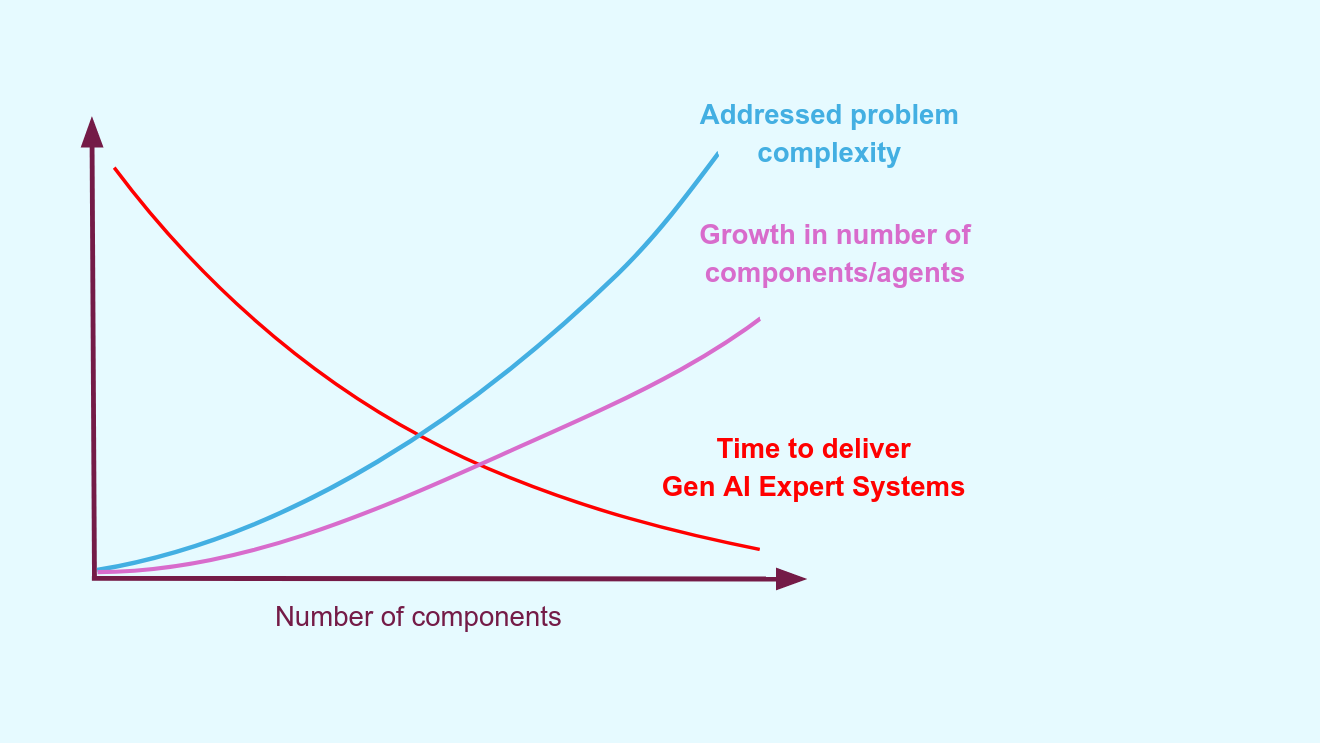
Moreover, when deploying it in real-world environments, users need to have the mechanism to support the coordination and orchestration of multiple generative AI expert systems, requiring the support of functionalities such as agent scheduling, logging, access management, etc.
